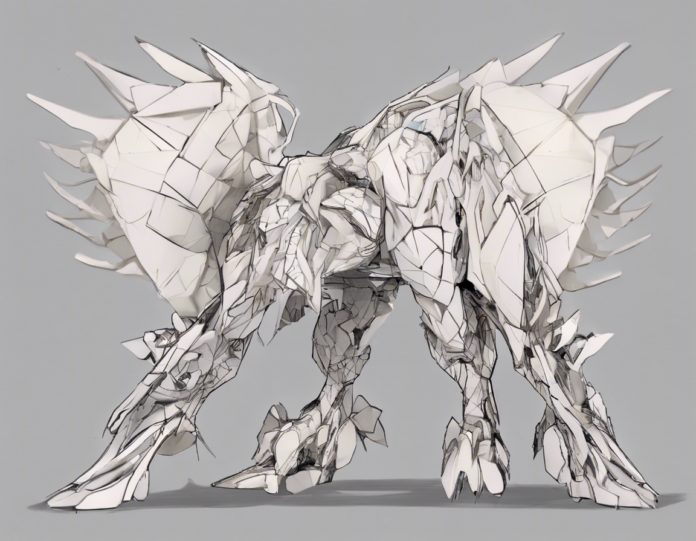Alpona Design: A Cultural Heritage
Introduction
Originating in the Indian subcontinent, Alpona is a traditional art form deeply ingrained in the cultural heritage of the region. This intricate and vibrant form of art is tied to various festivities, rituals, and celebrations, making it a significant aspect of the cultural fabric of the region. In this article, we will delve into the mesmerizing world of Alpona design, exploring its history, significance, techniques, and modern-day relevance.
History of Alpona Design
Alpona traces its roots back to ancient times when it was primarily practiced by women in rural areas as a form of spiritual expression and decoration during festive occasions. The art form finds a mention in various ancient texts and scriptures, highlighting its significance in traditional societies. Over the centuries, Alpona has evolved, incorporating various influences and styles, yet retaining its essence and symbolic meanings.
Significance and Symbolism
Alpona holds immense cultural significance, symbolizing prosperity, fertility, and good luck in many Indian households. The intricate patterns and motifs used in Alpona designs are not merely decorative but are deeply symbolic, representing various aspects of life, nature, and spirituality. Different regions have their unique styles and motifs, each carrying its symbolism and meaning.
Techniques and Materials
The creation of Alpona involves intricate techniques that require precision, skill, and creativity. Traditionally, Alpona is made using rice flour paste, which is applied to the ground in flowing patterns and motifs. Over time, artists have also started using various natural materials like flower petals, turmeric, and colored powders to enhance the beauty and vibrancy of the designs. The process of creating Alpona is not just a visual art form but also a meditative practice that requires focus and dedication.
Modern Adaptations and Revival
In recent years, there has been a revival of interest in traditional art forms like Alpona, thanks to efforts by artists, cultural enthusiasts, and organizations. This revival has led to the adaptation of Alpona in modern contexts, such as wall art, fashion, and home decor. Contemporary artists are exploring innovative ways to incorporate Alpona designs in various mediums, showcasing the timeless appeal and beauty of this ancient art form.
Preserving the Legacy
As we embrace modernity and technological advancements, it is essential to preserve and promote traditional art forms like Alpona. These art forms are not just expressions of creativity but also repositories of cultural heritage and wisdom. By supporting artisans, encouraging learning and research, and creating awareness about the significance of Alpona, we can ensure that this exquisite art form continues to thrive and inspire future generations.
FAQs (Frequently Asked Questions)
Q1: What is the significance of Alpona designs in Indian culture?
A1: Alpona designs hold cultural significance in Indian households, symbolizing prosperity, fertility, and good luck. They are often created during festive occasions and rituals to invoke blessings and positive energy.
Q2: What materials are traditionally used in making Alpona designs?
A2: Traditionally, Alpona designs are made using rice flour paste, which is applied to the ground to create intricate patterns. Artists also use natural materials like flower petals, turmeric, and colored powders for decoration.
Q3: Are there different styles of Alpona designs based on regions or traditions?
A3: Yes, different regions in India have their unique styles of Alpona designs, each characterized by specific motifs, patterns, and symbolism. These styles often reflect the cultural diversity and traditions of the region.
Q4: How long does it take to create a detailed Alpona design?
A4: The time taken to create a detailed Alpona design varies based on the complexity and size of the design. Intricate designs can take several hours to complete, requiring patience and skill.
Q5: Can Alpona designs be preserved for a long time?
A5: While traditional Alpona designs made using rice flour paste may not be long-lasting, modern adaptations using durable materials can be preserved for a more extended period. Proper care and maintenance are essential for preserving the beauty of Alpona designs.
Conclusion
In conclusion, Alpona design is not just an art form but a reflection of centuries-old cultural heritage and traditions. Through its intricate patterns, vibrant colors, and deep symbolism, Alpona continues to captivate and inspire art enthusiasts around the world. By understanding, appreciating, and promoting Alpona design, we can ensure that this exquisite art form thrives for generations to come, enriching our lives with its beauty and cultural significance.

